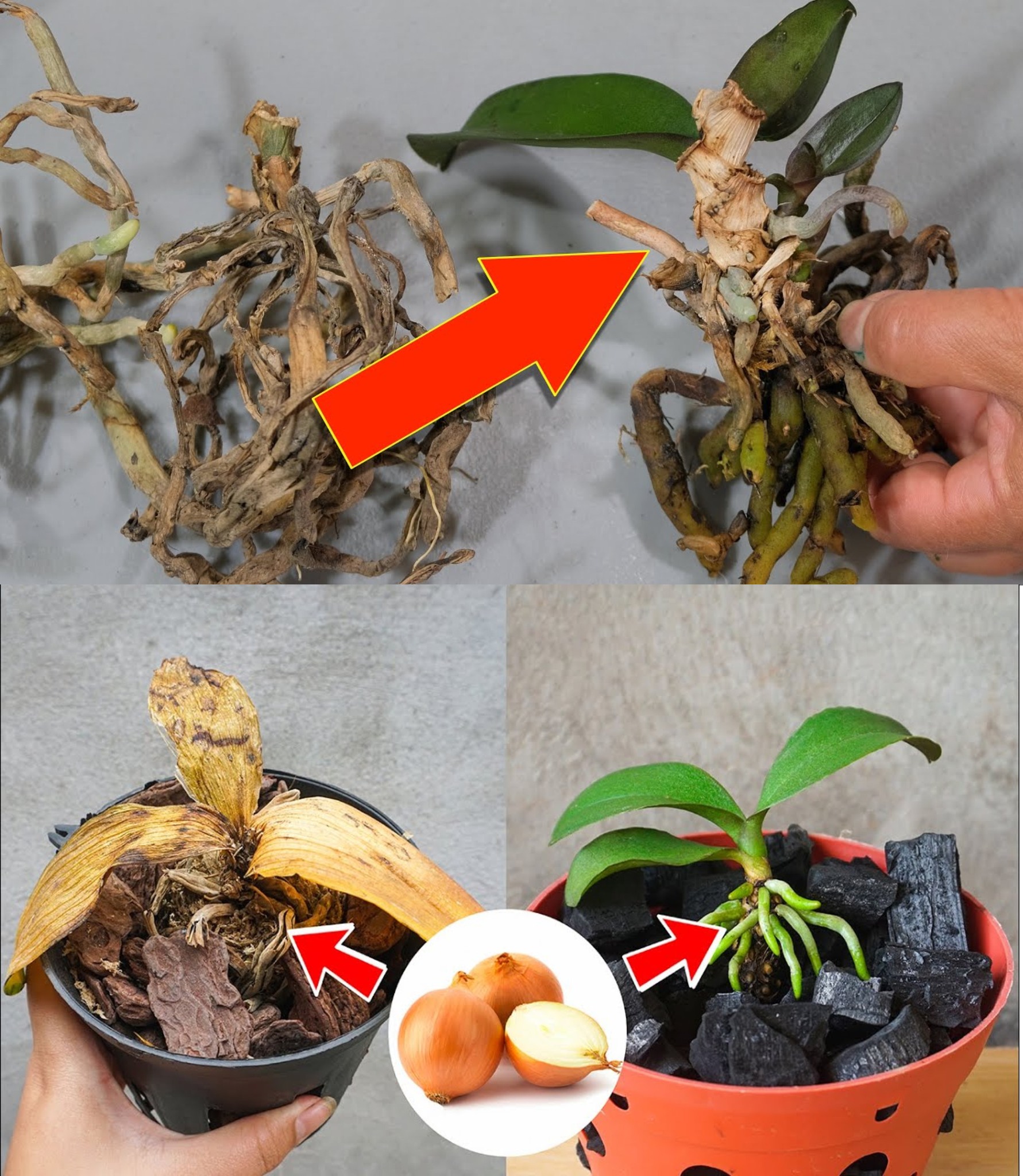
Reviving a Dying Orchid: Vital Strategies for Renewed Bloom
Orchids, captivating in their exotic beauty, can sometimes face a decline due to unfavorable environmental conditions or inadequate care. If you find yourself with a struggling orchid, there’s hope! With thoughtful care and specific techniques, you can aid your orchid’s recovery and witness it bloom once more. Here, we delve into essential strategies for rejuvenating a fading orchid.
- Careful Inspection:
- Before implementing any corrective measures, meticulously examine your orchid. Identify issues such as yellowed leaves, stained foliage, dry or moldy roots, and wilting flowers. This scrutiny will guide you in understanding the problem and taking appropriate actions.
- Restore Optimal Growing Conditions:
- Orchids thrive under specific conditions. Ensure they receive ample light, avoiding direct sunlight during the hottest hours. Maintain moderate daytime temperatures with a slight decrease at night. Orchids thrive in humidity, so utilize a humidifier or a water-filled tray to enhance moisture around the plant.
- Pot Replacement:
- If you observe moldy or damaged roots, consider changing the pot. Opt for a transparent container with drainage holes, and use orchid-specific substrates like sphagnum moss or bark. Gently transfer the orchid, trimming any dry or moldy roots, and position it in the new substrate, allowing proper air circulation around the roots.
- Watering Adjustment:
- Inconsistent watering, either too much or too little, can pose problems for orchids. Ideally, water the plant when the substrate feels dry to the touch. Use room temperature water, avoiding cold water, as orchids prefer warmer temperatures. Prevent water accumulation in the saucer to avoid root rot.
- Nutrient Balance:
- Orchids need nutrients to thrive. Utilize an orchid-specific fertilizer with a low nitrogen concentration. Apply the fertilizer every two to three weeks during the growing season, following the manufacturer’s guidelines for dilution.
- Prudent Pruning:
- Pruning can invigorate growth and prompt your orchid to bloom again. After the flowers fade, carefully trim the stem just above a node or side eye. This encourages the development of new shoots and flowers.
- Exercise Patience:
- Orchid recovery demands time and patience. Immediate results shouldn’t be expected, but closely monitor signs of improvement while consistently providing appropriate care.
In conclusion, reviving a declining orchid and coaxing it back into bloom involves a blend of attentive care and an understanding of the plant’s specific requirements. Observe, create suitable growing conditions, adjust watering and nutrition, and be mindful of root health. With dedication, your orchid may surprise you with a stunning, vibrant bloom.
Share Article: